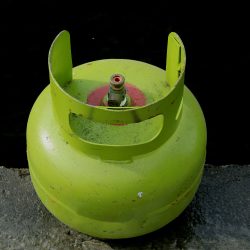Do you know how to tell if your oven is gas or electric? Many people don't, and this can lead to some big problems. Good thing we have conducted comprehensive research to know the difference between gas and electric oven. Also, we will provide some tips on how to maintain your oven, whether it is gas or electric.
You can see the difference between gas and electric oven from their physical appearance. It would be easier to know which one is a gas and electric oven once you check its overall features. Here are the ways to tell their differences:
- Look at the oven itself
- Notice the plug
- Check the knob on the stovetop
- See the position of the pilot light
- Look at the burner grates
- See the difference between the line and outlet
Keep reading to know how to distinguish these two types of ovens. Additionally, learn more tips on fixing common problems with every kind of oven. So, whether you are a homeowner trying to fix a broken oven or are thinking about buying a new one, don’t miss out on reading this article.
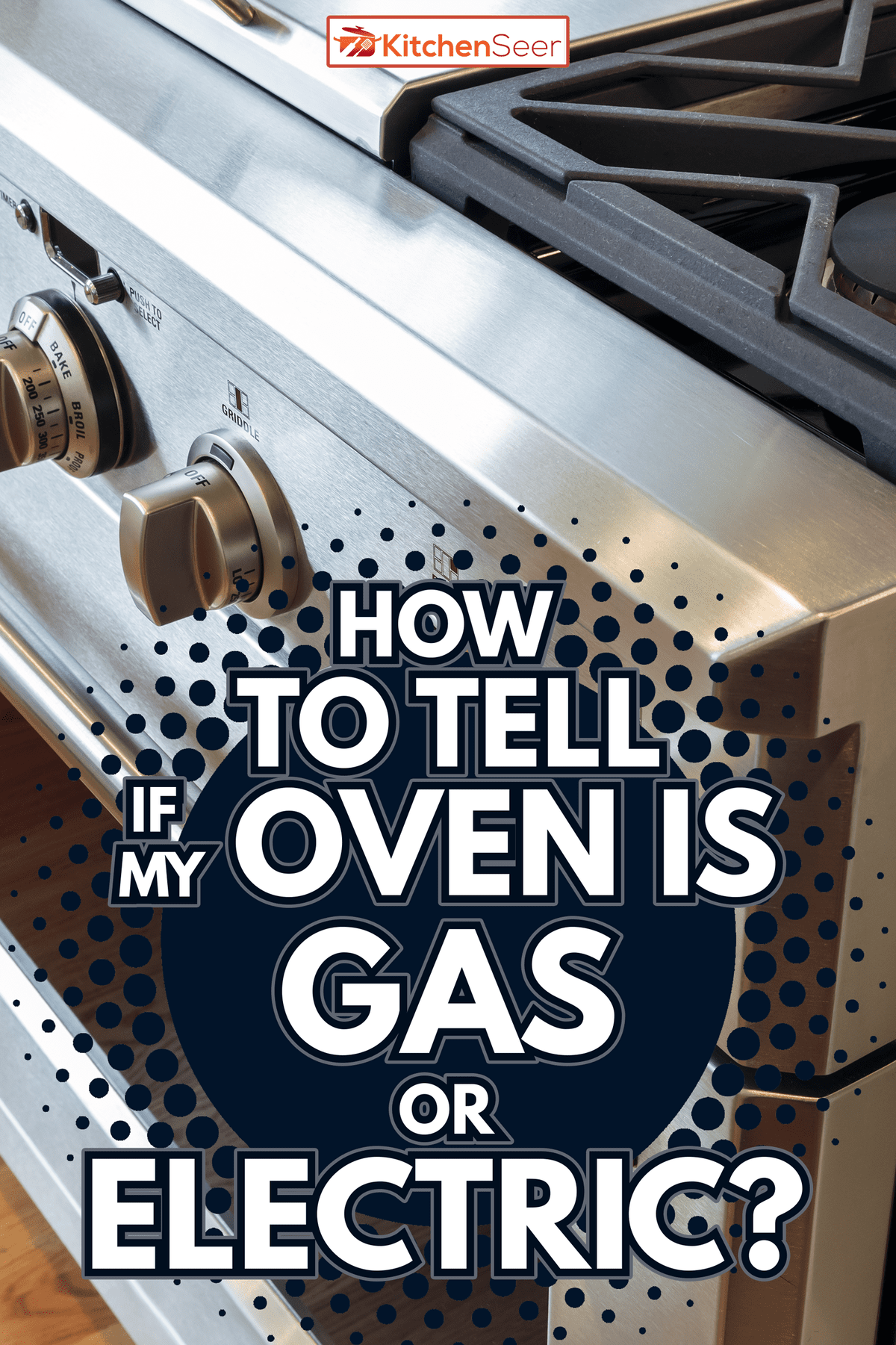
How To Tell If My Oven Is Gas Or Electric
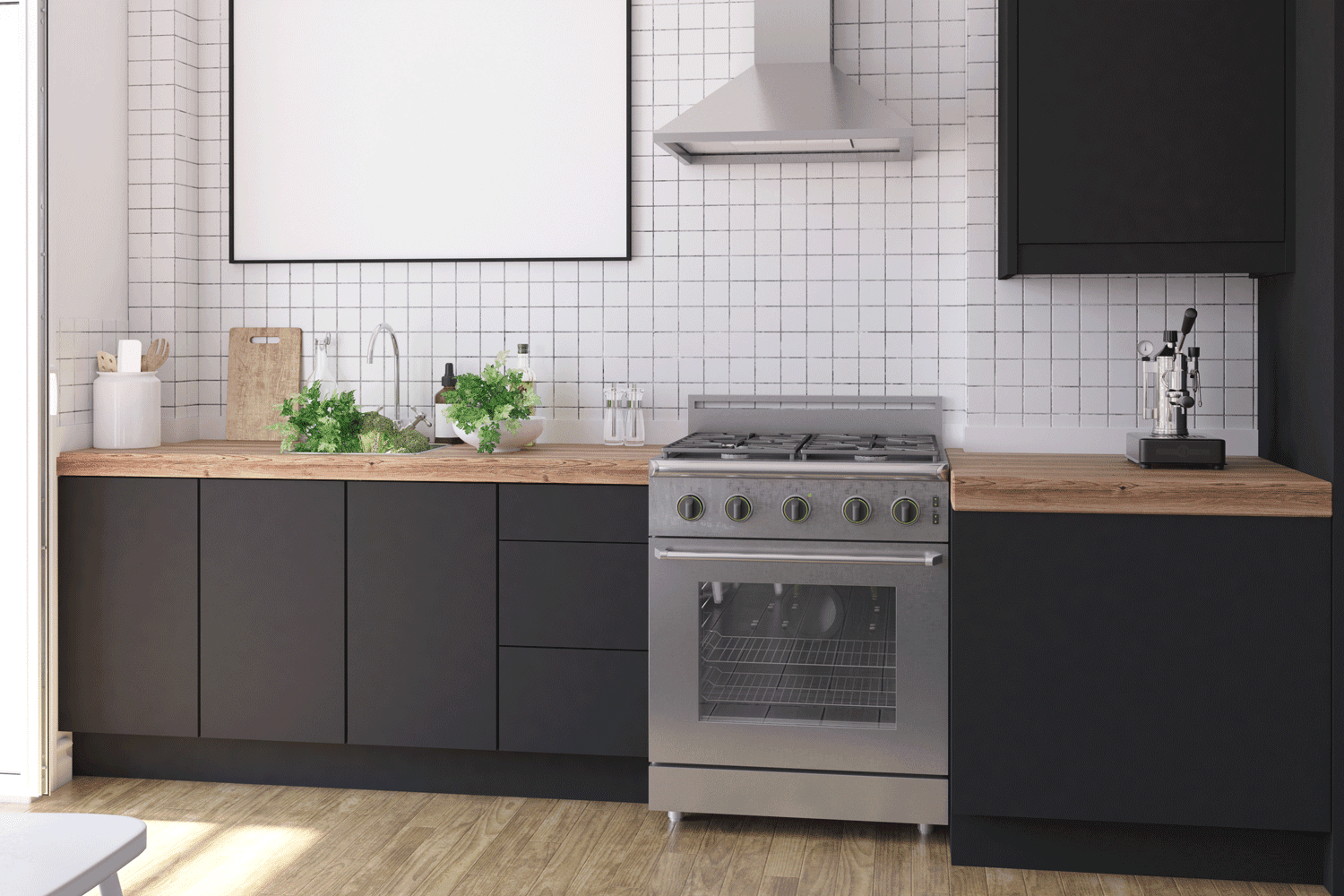
There are a few ways to tell if your oven is gas or electric.
1. Look at the oven itself
Gas ovens will have a small, round window in the front that looks like a pilot light. Electric ovens will not have this window.
2. Notice the plug
Gas ovens will have a three-prong plug, while electric ovens will have a two-prong plug.
3. Check the knob on the stovetop
Gas oven knobs typically act as the control switch for turning the heat on and off. It also allows you to adjust the burner and flame.
On the other hand, electric ovens have knobs that you can control the thermostat and even set the cooking process you need.
4. See the position of the pilot light
On a gas oven, the pilot light is usually found at the front, near the control knobs. On an electric oven, the heating element is typically located at the back.
5. Look at the burner grates
Gas ovens often have removable grates that sit on top of the burners, while electric models typically have integrated grates that are part of the cooking surface.
6. See the difference between the line and outlet
If you have access to the oven's power supply, you can simply check to see if there's a gas line or an electrical outlet behind it.
What Are The Differences Between Gas And Electric Ovens?
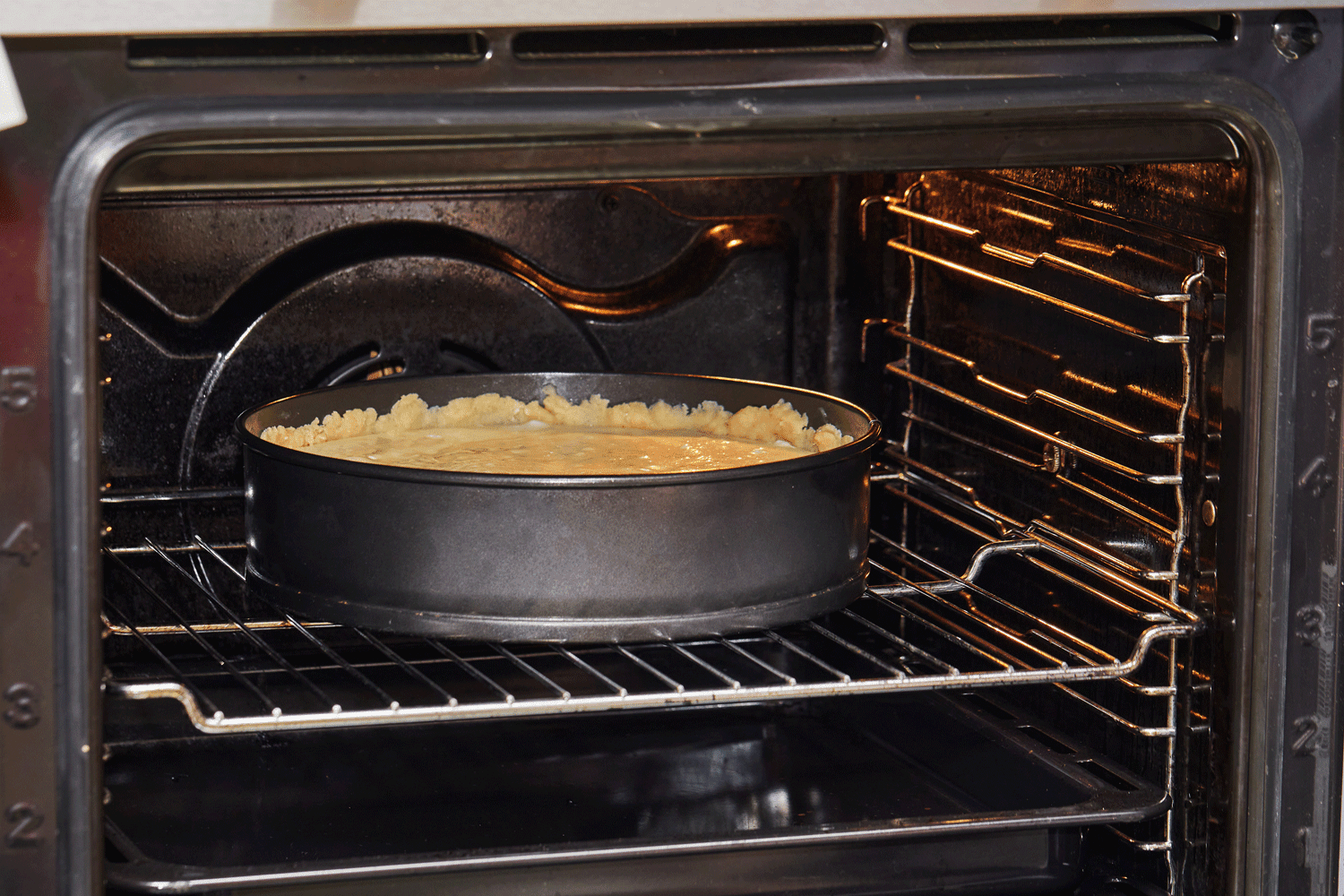
Gas ovens are the oldest type of oven, and they work by heating up a gas flame that cooks the food. On the other hand, electric ovens work by heating up an electric coil that cooks the food. Electric ovens are the most common type of oven, and they come in a variety of sizes.
Both types of ovens have their own unique benefits and drawbacks.
Price and Expenses
Gas ovens are more expensive to purchase, but they heat up faster and use less energy in the long run. Electric ovens are cheaper to buy, but they take longer to heat up and can be more expensive to use over time. In terms of cost, gas ovens are typically cheaper to operate than electric ones.
Usability
Gas ovens give you more control over the cooking temperature, while electric ovens tend to be either on or off. Gas ovens tend to heat up more quickly than electric ones, so they're great for cooking items that need a quick blast of heat.
Food Taste
Gas ovens produce less smoke than electric ovens, making them better for cooking food with a strong flavor. They are better at maintaining a consistent temperature, ideal for slow-cooking or baking.
Electric ovens can take longer to heat up, and they may not be as consistent in terms of temperature. As a result, some people find that their food doesn't cook evenly in an electric oven.
If you prefer moister bakes, you will never go wrong with gas ovens. But then, if you like to add crispiness or crunch, an electric oven is the way to go.
Safety
Some homeowners worry about the safety of gas ovens. If there is a gas leak, it can be dangerous. Gas ovens are more hazardous than electric ovens, as they have the potential to start a fire, explosion, or burning. Electric ovens are safer as they don't have an open flame.
Maintenance
Electric ovens are easier to clean than gas ovens - all you have to do is wipe down the interior surfaces. Gas ovens require more frequent cleaning, as the grease and food particles can build up on the burners and grates.
So, now that you know the differences between gas and electric ovens, what should you do if your oven is not working correctly?
How To Fix A Gas Oven
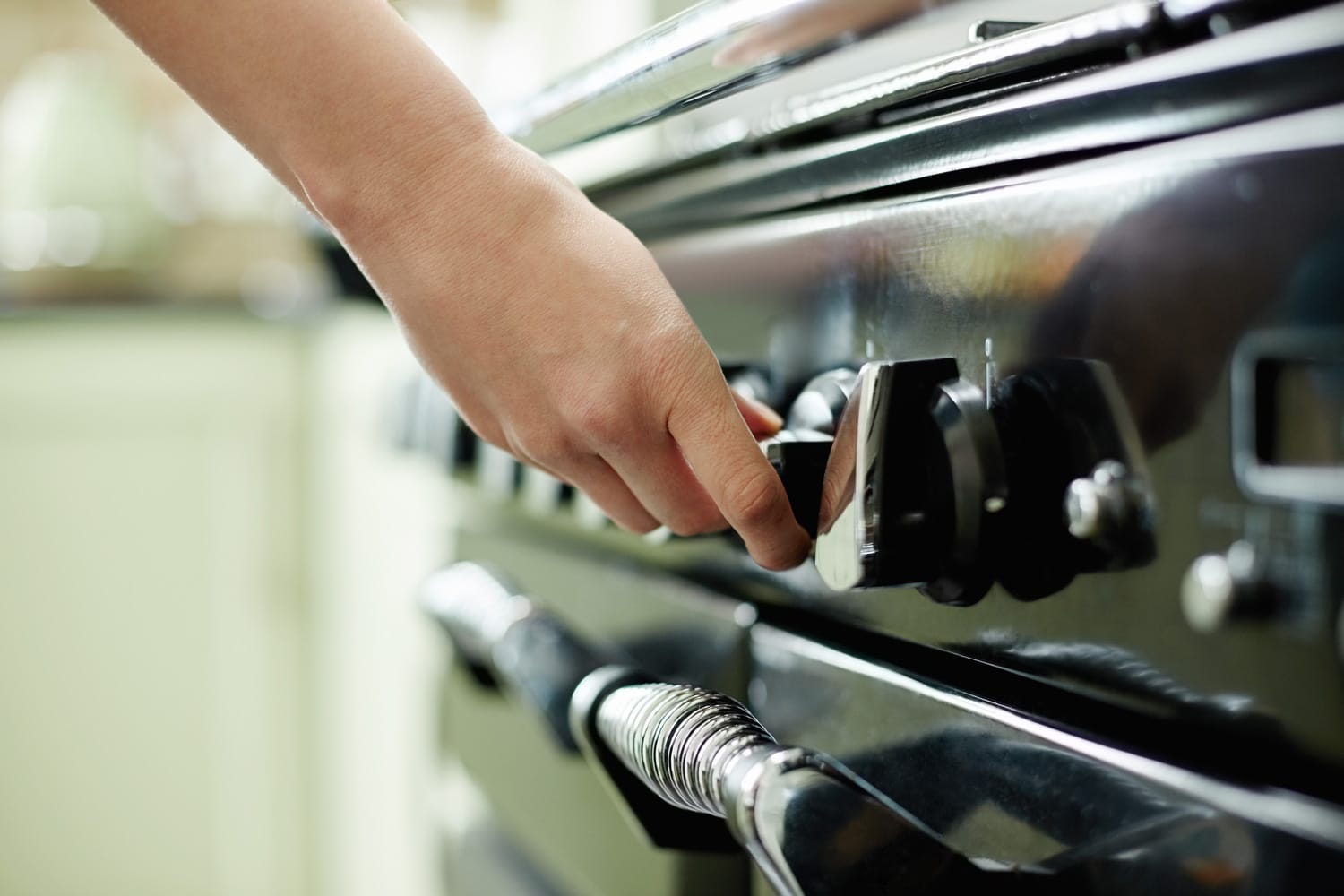
If your gas oven isn't heating up, you should first check the pilot light. If it is out, you can relight it yourself following your oven's manual instructions.
If the pilot light is on but the oven isn't heating up, you may need to replace the igniter. It is a part that a homeowner can easily replace and doesn't require any special tools or skills.
Buy a gas oven for your kitchen. - See it on Amazon.
How To Fix An Electric Oven
If your electric oven isn't heating up, you may need to replace the thermal fuse. If this happens, you will need to replace the heating element. It is a more difficult task and may require the help of a professional.
Remember, if you are having problems with your oven, always consult your oven's manual or contact a professional technician for assistance.
This thermal fuse is compatible with Whirlpool, GE, KitchenAid, and Maytag ovens. Check your oven model number and see this part at Amazon.
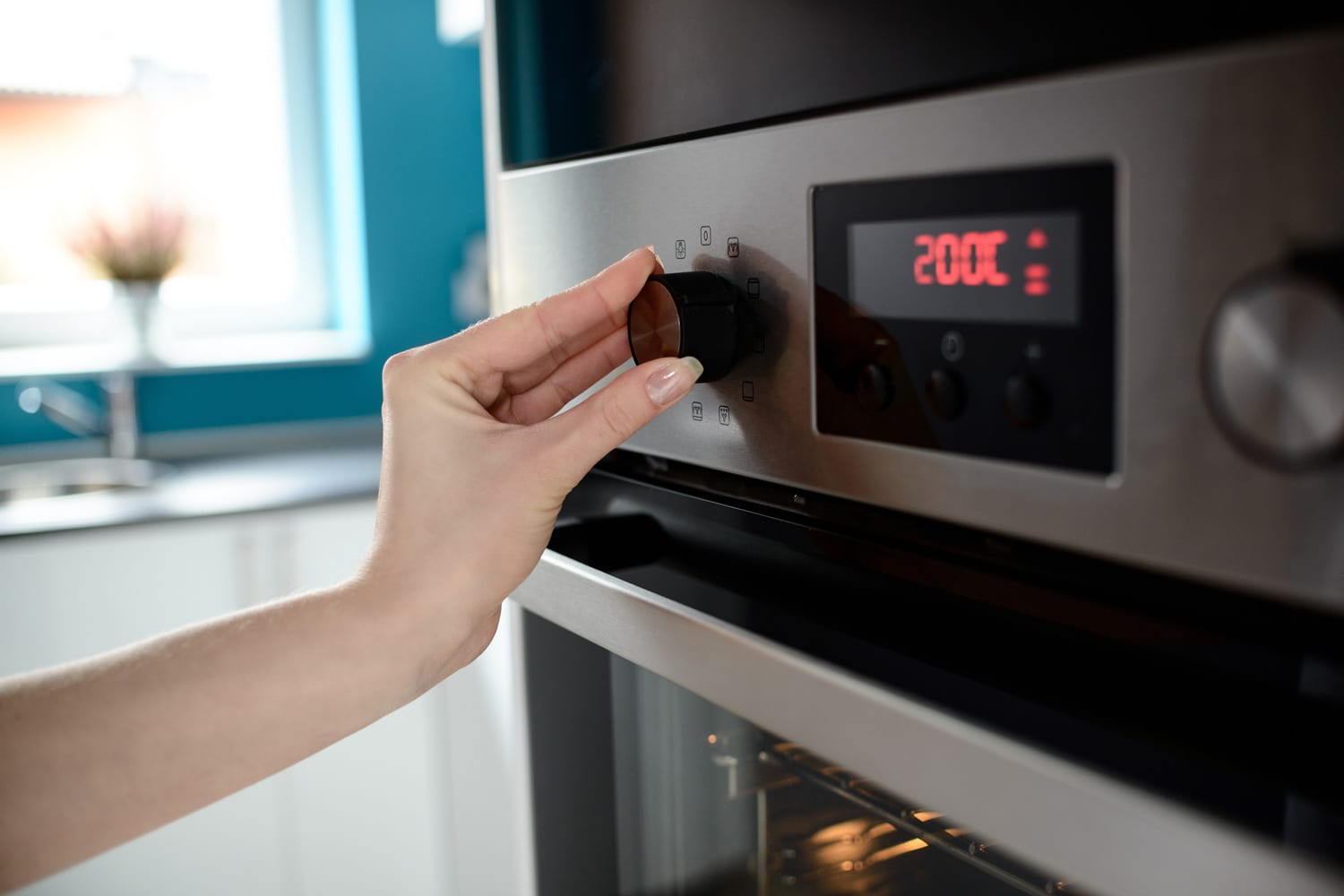
Does It Matter Which Type Of Oven You Have?
Any baker will tell you that a good oven is essential for making perfect pies, cookies, and cakes. But does it really matter which type of oven you use? Gas or electric? Convection or conventional?
The answer, it turns out, is yes. Different types of ovens can profoundly impact the quality of your baked goods. Gas ovens, for example, tend to produce a more even bake thanks to their steady supply of heat. On the other hand, electric ovens can cause hot spots and uneven baking.
So if you're serious about your baking, it's essential to choose the right oven for the job.
What Are Other Things To Consider In Buying An Oven?
Besides gas ovens or electric ovens, there are other factors you see first when buying an oven:
1. Size
The most common type of oven is the standard kitchen oven, typically 24-inches wide, 20-inches deep, and 12-inches tall.
There are also larger ovens known as double ovens, which are two standard-sized ovens side by side. These ovens are ideal for large families or those who like to entertain often.
For those who have limited space in their kitchen, compact or countertop ovens are also available. These ovens are much smaller than standard models, making them more convenient for small apartments or homes.
2. Wall ovens or standalone ovens
Wall ovens come in both gas and electric varieties, and they are typically more expensive than standalone ovens. But then wall ovens are easier to install, and you can combine them with a range to create a cooking center. Standalone ovens are typically less expensive than wall ovens. Yet, they take up more space, and they're harder to install.
3. Single or double ovens
Double ovens are becoming increasingly popular, as they offer the benefits of both a single and double oven. They take up the same amount of space as a single oven, but they have two oven cavities, which means you can cook multiple dishes simultaneously.
4. Built-in or freestanding ovens
Freestanding ovens can be installed in any kitchen, while built-in ovens are suitable to be in a cabinet. Freestanding ovens are typically less expensive than built-in ovens, but they don't have the same level of functionality.
Which type of oven do most people prefer?
According to the Propane Education and Research Council, 96% of professional chefs consider gas cooking more than electric. This preference for gas ovens has been consistent for the past few years.
Yet still, choosing between a gas or electric oven depends on your personal preferences and needs. Do some research and ask around to see what other people use in their homes. Then, make a decision based on what will work best for you.
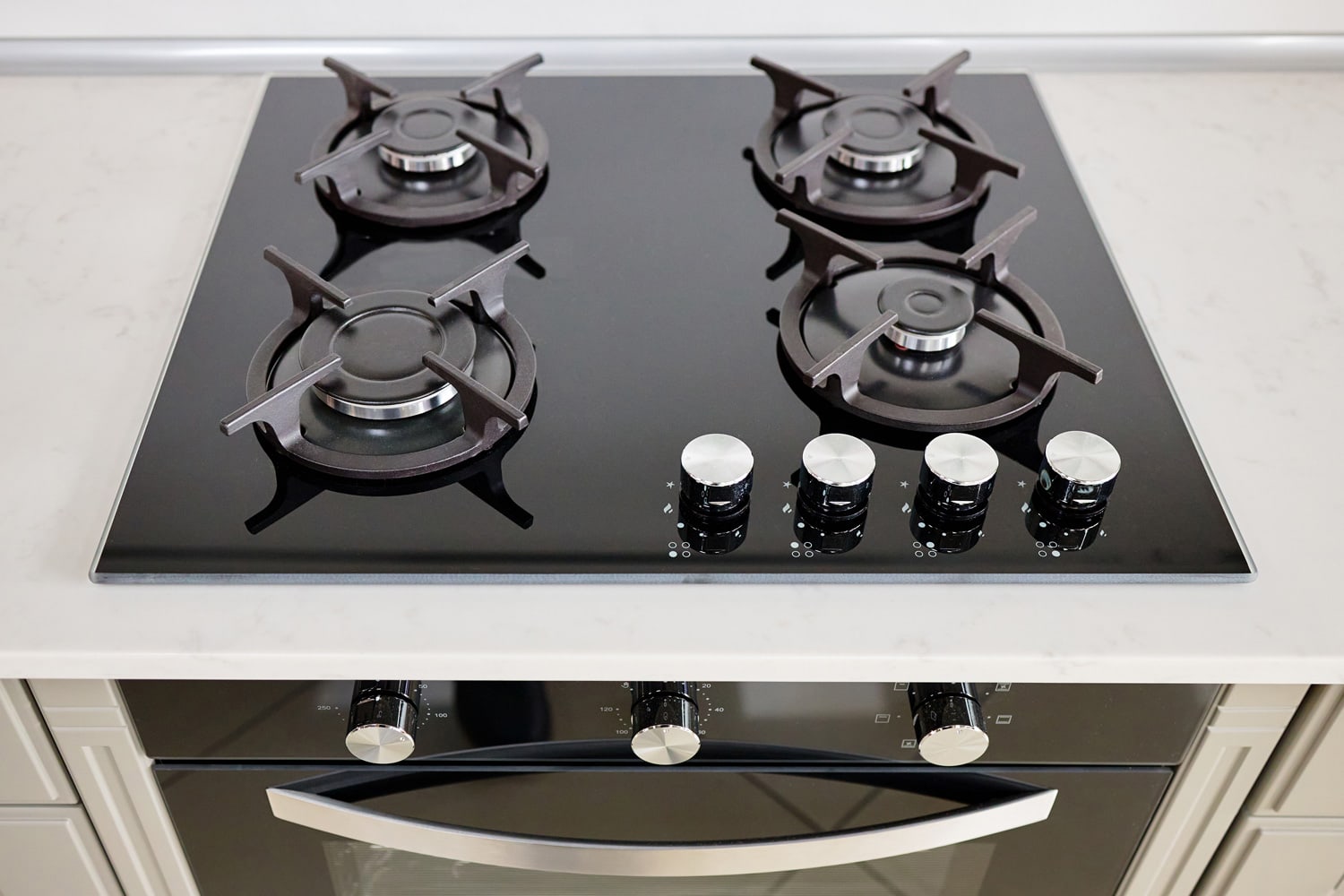
Final Thoughts
Did you see how simple it is to determine whether your oven is gas or electric? Review the method discussed earlier and apply the suggestions to keep your oven in the best condition. Whether you have a gas or electric oven, keep cooking and enjoy all the meals you'll prepare.
To learn more about other tips on maintaining your kitchen, check out the following readings below:
Should You Reduce Oven Temp When Baking In Glass?
Should You Leave The Oven Door Open After Baking?
How To Clean Oven Door Glass [5 EASY Ways]



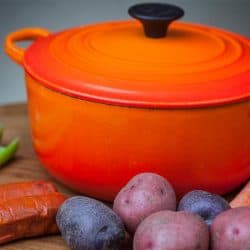
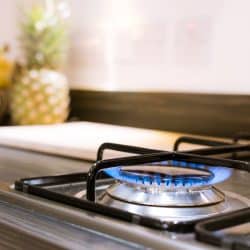
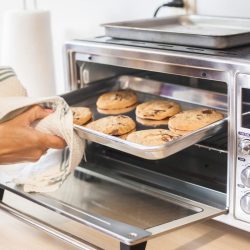
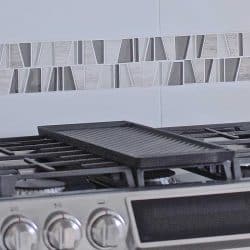
![Astonished Woman Standing In Front Of Burning Oven With Smoke Around Kitchen. - Why Is My Oven Smoking While Preheating? [& How To Fix It?]](https://kitchenseer.com/wp-content/uploads/2023/03/Astonished-Woman-Standing-In-Front-Of-Burning-Oven-With-Smoke-Around-Kitchen.-Why-Is-My-Oven-Smoking-While-Preheating-How-To-Fix-It-250x250.jpg)
